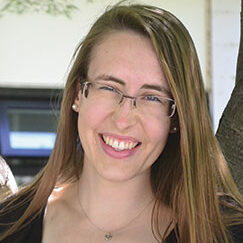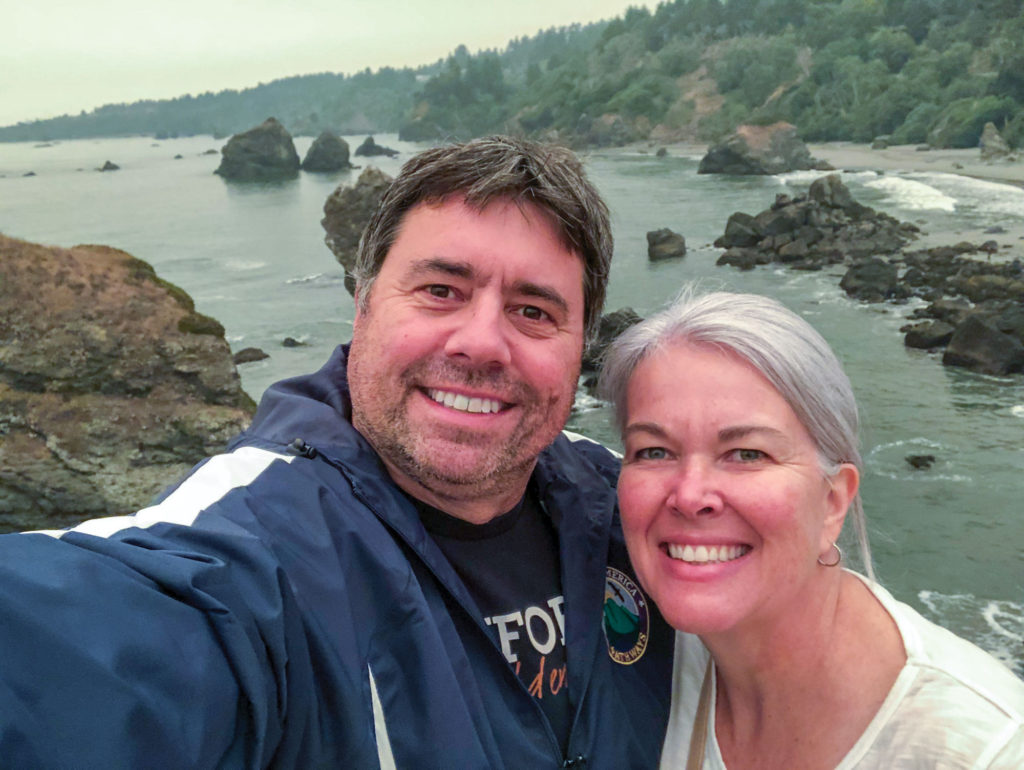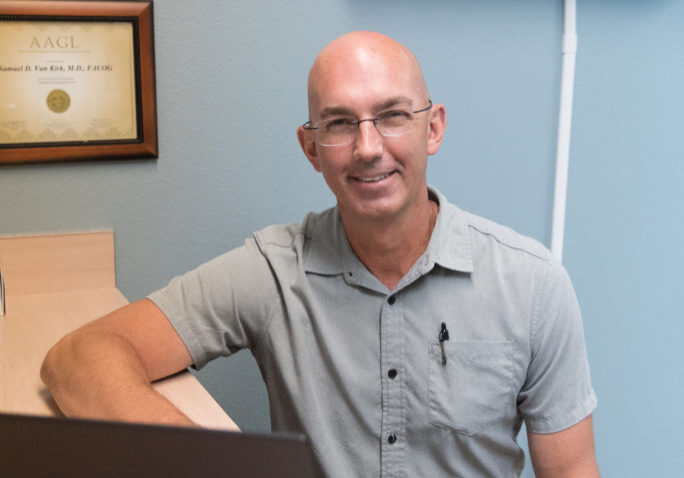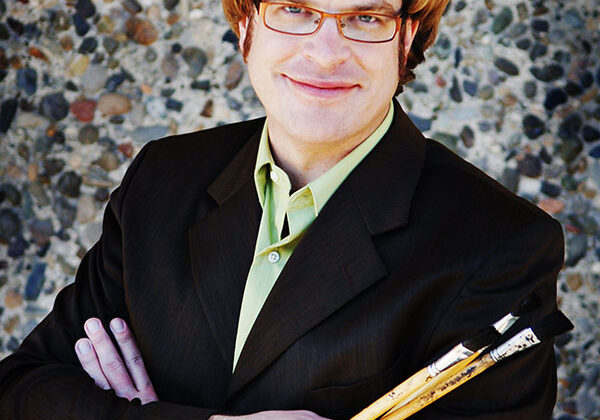Is Hope a Science?
If someone asked you to define hope, your response would involve words such as feeling, emotion, and science, right?
Wait, science?
Yes, according to Michael Burke, executive director of Pathways to Hope (PHC) in Redding, CA. Mike says that it was Casey Gwinn and Dr. Chan Hellman, University of Oklahoma – Tulsa Hope Research Center executive director, who taught him to see hope as a science.
“Hope,” according to Gwinn and Hellman’s research, “is the belief your future can be brighter and better than your past and that you actually have a role to play in making that happen.” Together they have authored Hope Rising: How the Science of Hope Can Change Your Life.
Mike sums up the 3 elements that comprise hope:
- Having a goal.
- Having the agency and willpower to achieve that goal.
- Having a pathway, what he terms waypower, to make that goal happen.
With this in mind, hope becomes more of a measurable, achievable reality.
Pathways to Hope for Children Focuses on the Positive
Shortly after becoming executive director in 2019, Mike renamed Shasta County Child Abuse Prevention Coordinating Council. The new name—Pathways to Hope for Children—reorients the goals of the organization away from avoidance goals. The name change shifts the focus from fleeing a negative outcome to a positive pursuit, running toward creating a local culture that values all children and families.
Shasta County ACE numbers represent real lives
Currently, Mike says, Shasta County’s child abuse rates exceed the state average. California averages 7.14 substantiated claims of child abuse per 1,000 reports. In 2019, Shasta County averaged 19.1 per 1,000, making a total of 753 substantiated claims. According to the Center for Disease Control, individuals who experience four or more adverse childhood experiences (ACEs), including abuse, are more than four times more likely to use illicit drugs, seven times more likely to become alcoholics, and twelve times more likely to attempt suicide.
All these numbers, Mike knows, represent real lives ensnared in real struggles. In response, Mike and his team labor tirelessly to offer real resources, including parent advising, clothing and diaper supplies, counseling services, reunification celebrations, teen centers, and more.
A one-time step turned into a daily walk
Mike’s passion for growing hope began while working as a newspaper photographer for the Record Searchlight. “I saw what people did to each other,” he recalls. “I had firsthand knowledge, but as a journalist, you have to stay neutral.” Working on a story about Big Brothers Big Sisters inspired Mike to become a mentor. “This is the one time I am stepping out of my role as a journalist,” Mike told his boss. But meeting seven-year-old Christopher showed Mike that “investing in a single person can make a huge difference.”
That single investment, that step out of journalism, turned into his daily walk.
Today, Mike and 28-year-old Christopher keep in touch, and for the past 18 years, Mike has served in multiple non-profits, including as founding executive director for Shasta Family Justice Center. In 2012, Mike encountered Camp Hope, a program tailored to 7- to 17-year-old survivors of domestic violence, sexual assault, and child abuse. The experience floored him. “Kids came to camp so angry and left on day six wanting to come back, even as counselors. Spending time with them and getting them away from their situations flipped the script for them. It was a remarkable transformation.”
Impassioned by this dramatic impact on young lives, Mike served as director of Community Engagement for Alliance for HOPE International for four years. He helped grow Camp HOPE America before his packed travel schedule prompted him to find a position enabling him to spend more time with his family. Now Mike also has more time for hobbies like motorcycling and photography. “I take pictures of people wherever I can,” he says. “My favorite thing to photograph is Camp HOPE. I love photographing hope on people.”
The Science of Fostering Hope
Of course, working against child abuse involves witnessing dark, deep pain. Despite this, Mike continues to return to the theme of hope. “Hope can really be fostered and brought up,” he says. “Science shows a two-point increase in a hope score equates to an increased letter grade for a child. What gets me through the tears, stories and rough times is knowing that on the other side, people can thrive. High ACE scores don’t have to be a death sentence; they’re a snapshot of what happened in the past, but you control your destiny.” Would you like to reach Mike? Email him here: mburke@hopeshasta.org
The mission of our BE THE CHANGE column is to feature community members from the north state who are actively making a difference in community life. If you would like to nominate someone who is making a difference, please write to pn@northstateparent.com.
Posted in: Be The Change
Comment Policy: All viewpoints are welcome, but comments should remain relevant. Personal attacks, profanity, and aggressive behavior are not allowed. No spam, advertising, or promoting of products/services. Please, only use your real name and limit the amount of links submitted in your comment.
You Might Also Like...
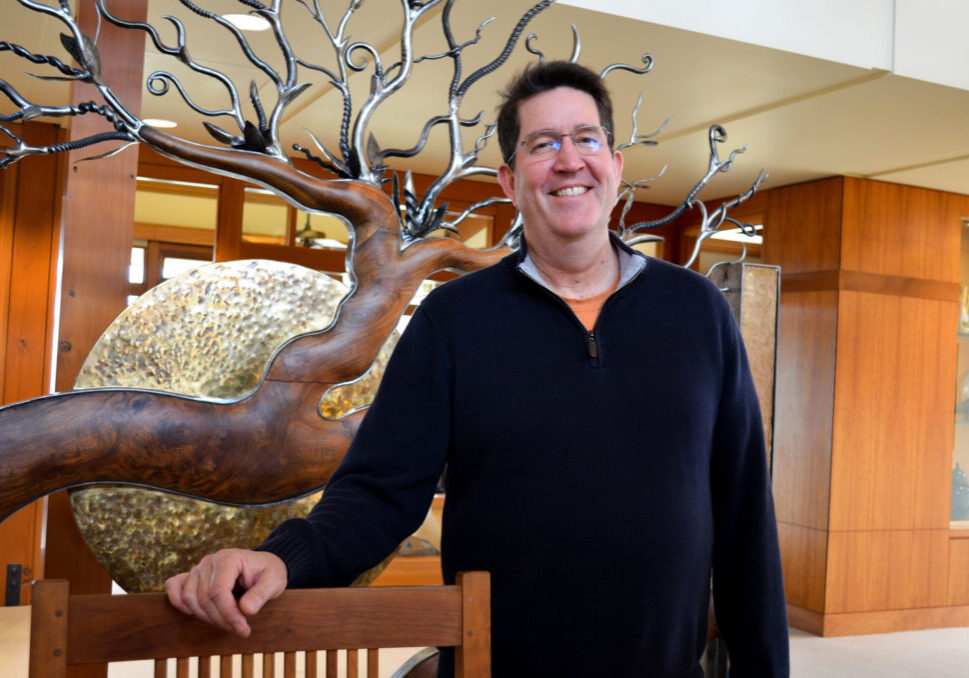
Dave Tanner – Mentoring Students in The McConnell Foundation Scholars Program
Dave had a minivan with all the college stickers,” says Michelle Bird, a former McConnell Scholars Program recipient. “Anywhere you went to school, he would put your sticker on his […]
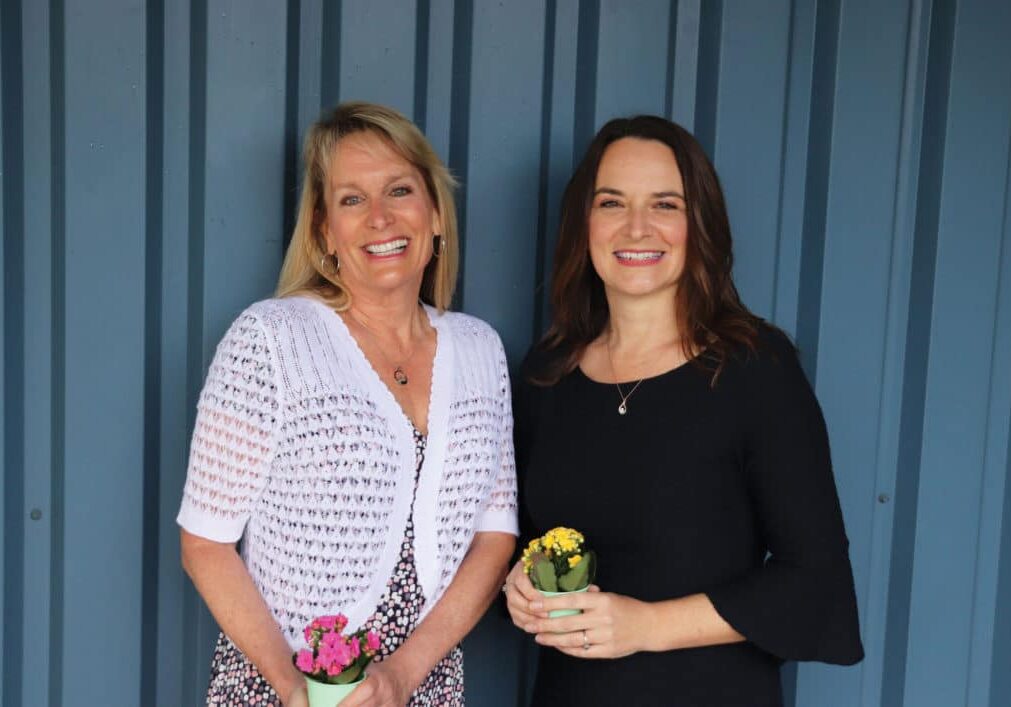
Cathy Wyatt – Northern Valley Catholic Social Services Helping North State Families and Individuals
“We all need help at one point or another in our lives,” says Cathy Wyatt, executive director of Northern Valley Catholic Social Service, Inc. (NVCSS). NVCSS helps families and individuals […]
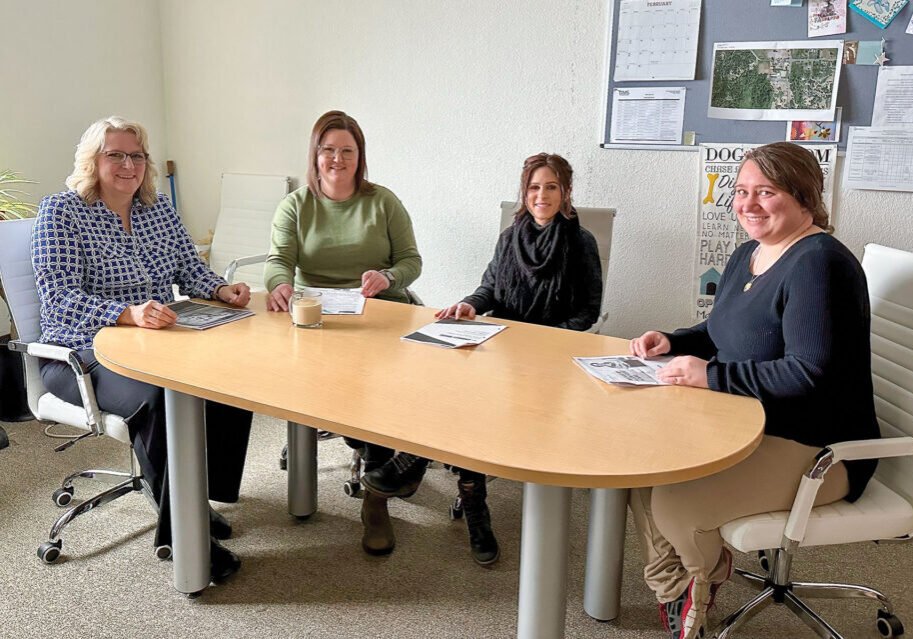
Shelly Blakely – Part of a Team to Make the World Better
Every student deserves the best education they can get,” says Shelly Blakely. “Kids and parents need options.” This motto led Shelly to serve as a key player in establishing Golden […]
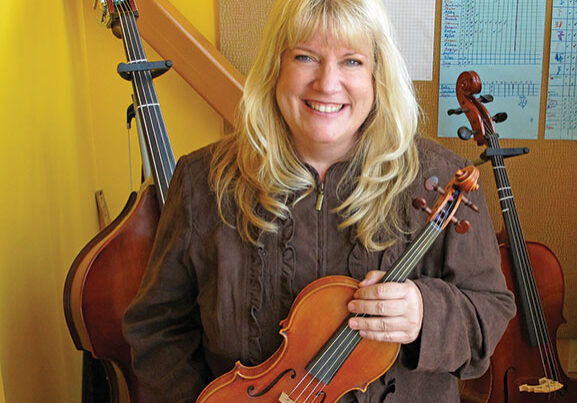
Be the Change – Sheri Eby, Shasta County
It is the Redding School of the Arts (RSA) winter concert and 50 children from the Strings Program are ready to perform. The students stand with bows at the ready, […]


